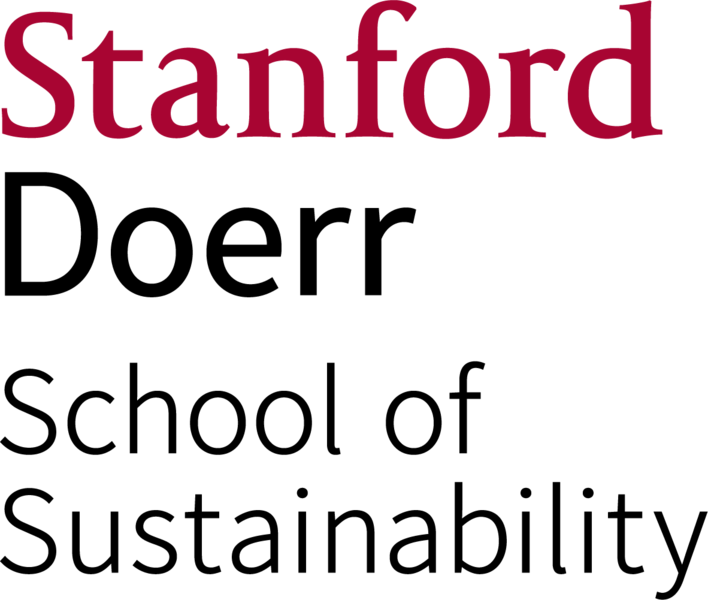A Story In Three Parts: Earthquakes, Microseismic, And Tectonic Tremors
Downloads
Table of contents
- Chapter 1: Introduction and background
- Chapter 2: Deploying machine learning workflows at scale
- Chapter 3: Detecting earthquakes in urban areas
- Chapter 4: Detecting microseismic events on fiber-optic data
- Chapter 5: Detecting low-frequency earthquakes
- Chapter 6: Conclusion
- Bibliography
Abstract
As new seismic acquisition methods arise, growing data volumes call for automated processing methods to extract full value out of the recorded data. Herein, we develop an end-to-end machine learning framework for seismic event detection and identification on continuous data. We illustrate our methodology through three field-data use cases. Firstly, we perform earthquake detection using fiber-optic cables in the telecommunication con-duits under the Stanford University campus. We identify new uncataloged small-magnitude local earthquakes by analyzing more than three years of continuous recordings. We demonstrate that fiber-optic cables can complement sparse seismometer networks. We then tackle microseismic event detection in fiber-optic data acquired inside an unconventional reservoir. Our methodology identifies more than 100,000 events over ten hydraulic stimulation stages, allowing the reconstruction of the spatio-temporal fracture development far more accurately and efficiently than would have been feasible by traditional methods. Finally, we explore tectonic tremor identification using a catalog of more than 1 million events detected along the central San Andreas Fault over a period of 15 years. Tectonic tremors are composed of hundreds of repeating low-frequency earthquakes (LFEs). These LFEs are near the noise level and are thus usually found via a multichannel matched-filter search using carefully curated waveform templates. We demonstrate that our methodology can successfully detect new LFEs with low signal amplitude without a prior template.
Reproducibility and source codes
This thesis has been tested for reproducibility. The source codes are made available for download (password required).
